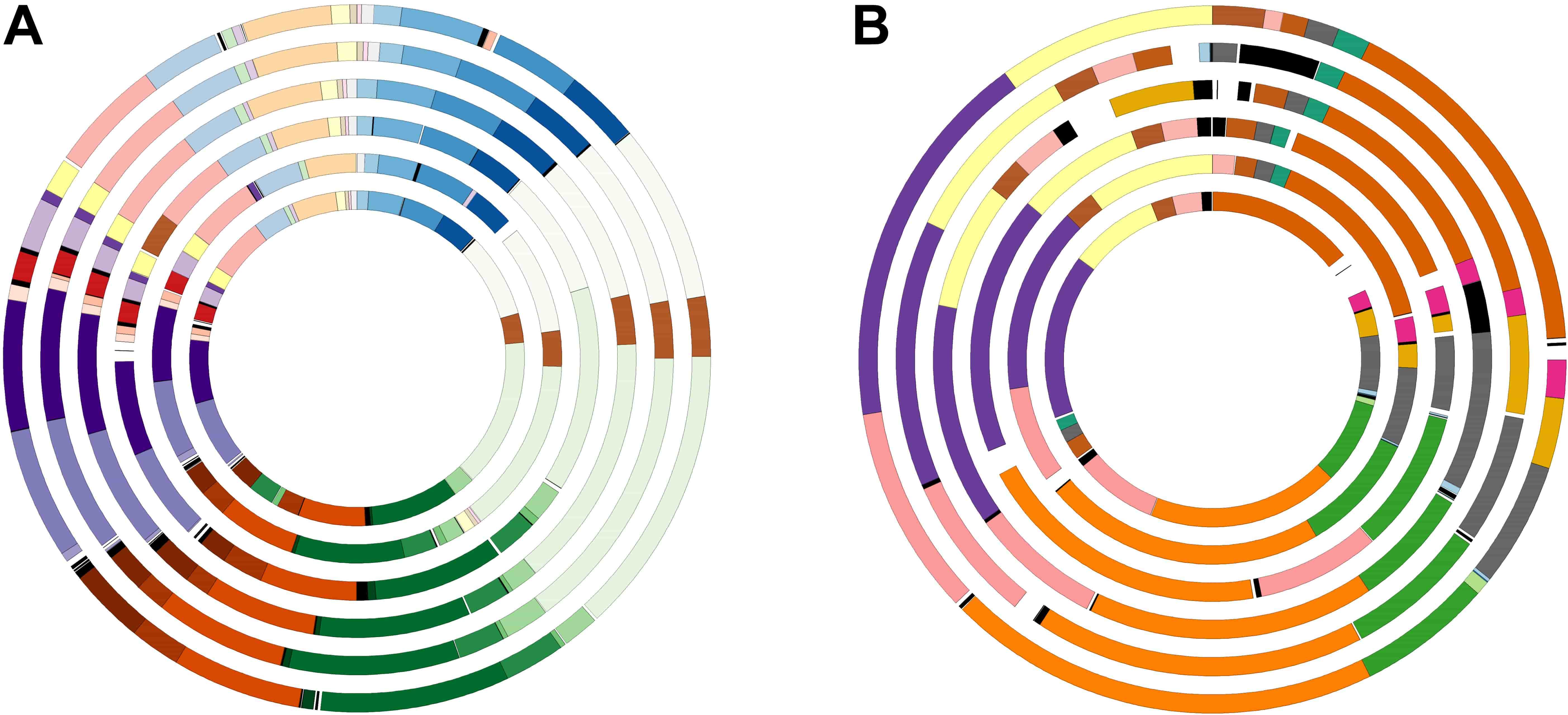
Comparative genomics is a fascinating field that aims to unravel the mysteries of the genetic code across different species. By comparing the genomes of various organisms, scientists are able to gain valuable insights into the evolutionary relationships between species, as well as uncovering the underlying mechanisms of genetic diseases. While many people may not be familiar with the term “comparative genomics,” it is a field that has brought about numerous surprising discoveries that have shaped our understanding of the living world. In this article, we will explore 14 surprising facts about comparative genomics that will leave you in awe of the intricate workings of the genetic code and its implications for life on Earth.
Key Takeaways:
- Comparative genomics helps scientists compare DNA from different organisms to understand evolution, gene function, and disease. It’s like a genetic detective tool unlocking the secrets of life’s blueprint.
- By studying DNA similarities and differences, comparative genomics contributes to medicine, agriculture, and our understanding of Earth’s history. It’s like a genetic treasure map leading to new discoveries and breakthroughs.
Comparative genomics is the study of the similarities and differences in the DNA sequences of different organisms.
Comparative genomics involves comparing the genomes of different species to understand evolutionary relationships and uncover insights into genetic variations.
It helps in identifying functional elements within the genome.
By comparing the genomes of different species, scientists can identify regions of DNA that are conserved across species, indicating their importance in biological functions.
Comparative genomics can reveal the origins and evolution of genes.
Through comparative analysis of genomes, scientists can trace the origins of genes and understand how they have evolved and diversified over time.
It provides insights into gene regulation and gene expression.
By comparing the regulatory regions of genes across species, scientists can gain valuable information about how genes are controlled and how they are expressed in different organisms.
Comparative genomics is instrumental in understanding human genetics and disease.
By comparing the human genome with the genomes of other species, researchers can identify genes associated with human diseases and gain insights into their underlying mechanisms.
It contributes to the field of pharmacogenomics.
Comparative genomics helps in understanding how genetic variations in different individuals affect their response to drugs, leading to personalized medicine.
Comparative genomics can shed light on the evolution of complex traits.
By comparing the genomes of different species with varying phenotypes, scientists can uncover the genetic basis of complex traits such as intelligence, behavior, and disease susceptibility.
It aids in studying the impact of environmental changes on genomes.
Comparative genomics allows scientists to investigate how different species have adapted to different environments by studying their genomic variations.
Comparative genomics helps in understanding the origins of genetic diseases.
By comparing the genomes of affected individuals with healthy individuals, scientists can identify genetic variations associated with specific diseases.
It has applications in agriculture and crop improvement.
Comparative genomics assists in identifying genes responsible for desirable traits in crops, facilitating targeted breeding efforts for improved yield and resilience.
Comparative genomics has expanded our knowledge of the Tree of Life.
By comparing the genomes of diverse organisms, scientists can reconstruct evolutionary relationships and gain insights into the history of life on Earth.
It helps in understanding the genetic basis of species-specific adaptations.
Comparative genomics allows scientists to study the genomic changes that enable species to adapt and thrive in different ecological niches.
Comparative genomics is a powerful tool for studying ancient DNA.
By comparing the genomes of modern organisms with ancient DNA samples, researchers can unravel the genetic makeup of extinct species and investigate human evolution.
It facilitates the discovery of new genes and functional elements.
Comparative genomics can uncover previously unknown genes and regulatory elements, expanding our understanding of the complexity of the genome.
Conclusion
In conclusion, comparative genomics is a fascinating field that has revolutionized our understanding of genetics and evolution. By comparing the genomes of different species, scientists have gained valuable insights into the similarities and differences among organisms. From tracing the origins of life on Earth to uncovering the genetic basis of complex diseases, comparative genomics has opened up new possibilities for medical research and biology as a whole.Through this article, we have explored 14 surprising facts about comparative genomics. From the discovery of ancient viruses within our own DNA to the identification of genetic adaptations in extreme environments, these facts highlight the incredible power of comparative genomics in unraveling the mysteries of life.As technology continues to advance, the field of comparative genomics will undoubtedly provide even more insights and discoveries. By delving deeper into the genetic blueprints of diverse organisms, we can gain a deeper understanding of our own biology and the complex web of life that surrounds us.
FAQs
1. What is comparative genomics?
Comparative genomics is a branch of genomics that involves comparing the genomes of different organisms to identify similarities and differences in their genetic makeup.
2. How is comparative genomics useful?
Comparative genomics helps scientists understand evolutionary relationships, identify genetic variations associated with diseases, study the function of genes, and uncover the molecular basis of biological traits.
3. What techniques are used in comparative genomics?
Common techniques used in comparative genomics include DNA sequencing, sequence alignment, gene prediction, and phylogenetic analysis.
4. What can comparative genomics tell us about evolution?
Comparative genomics allows scientists to study the genomic changes that have occurred over millions of years, providing insights into the processes of evolution and the adaptations that different species have undergone.
5. How does comparative genomics contribute to medical research?
Through comparative genomics, scientists can identify genes that are linked to specific diseases and understand the underlying genetic mechanisms. This knowledge can lead to the development of new diagnostic tools and targeted therapies.
Comparative genomics is just the beginning of a fascinating journey into the world of genetics and evolution. Unravel the secrets of how genes change over time through molecular evolution, explore the incredible genetic diversity that exists among living organisms, and discover how bioinformatics is revolutionizing our understanding of the complex interplay between genes and the environment. Each of these topics holds a wealth of surprising facts and insights that will deepen your appreciation for the intricate workings of life on Earth.
Was this page helpful?
Our commitment to delivering trustworthy and engaging content is at the heart of what we do. Each fact on our site is contributed by real users like you, bringing a wealth of diverse insights and information. To ensure the highest standards of accuracy and reliability, our dedicated editors meticulously review each submission. This process guarantees that the facts we share are not only fascinating but also credible. Trust in our commitment to quality and authenticity as you explore and learn with us.


